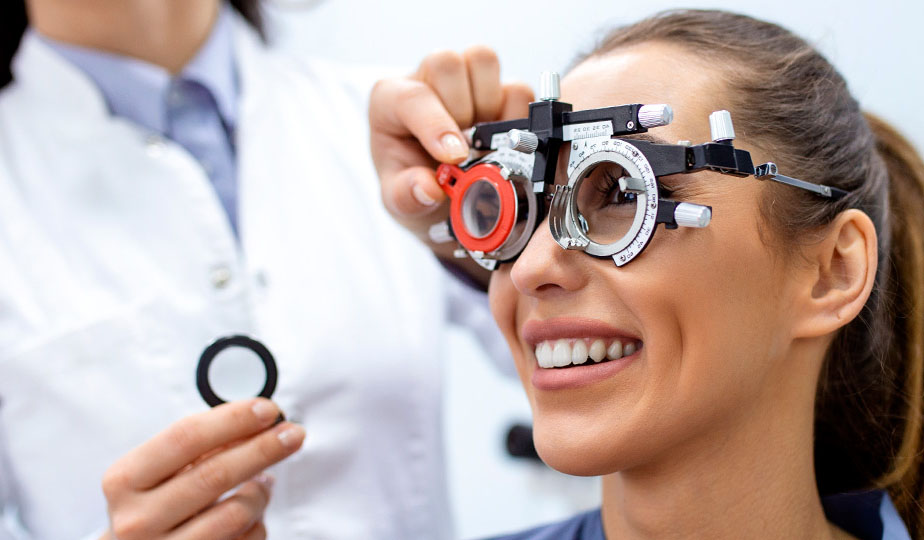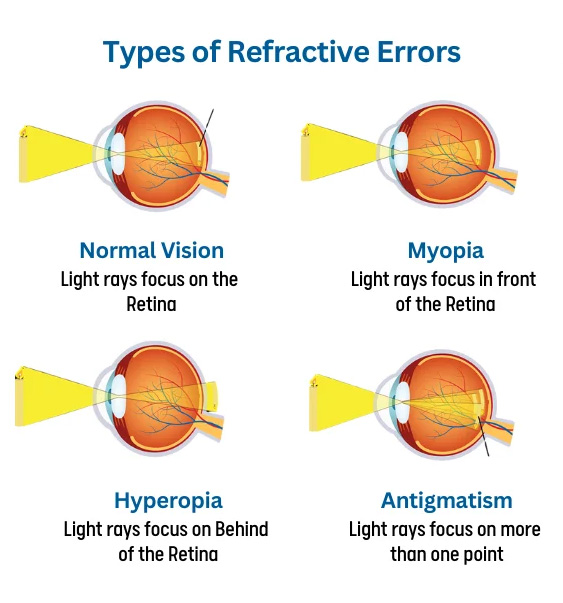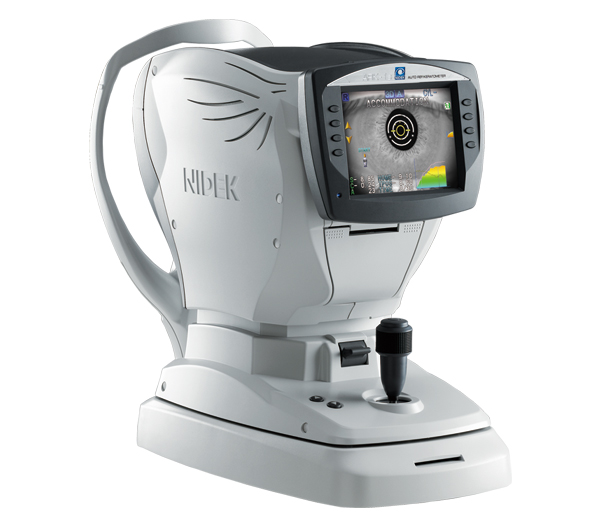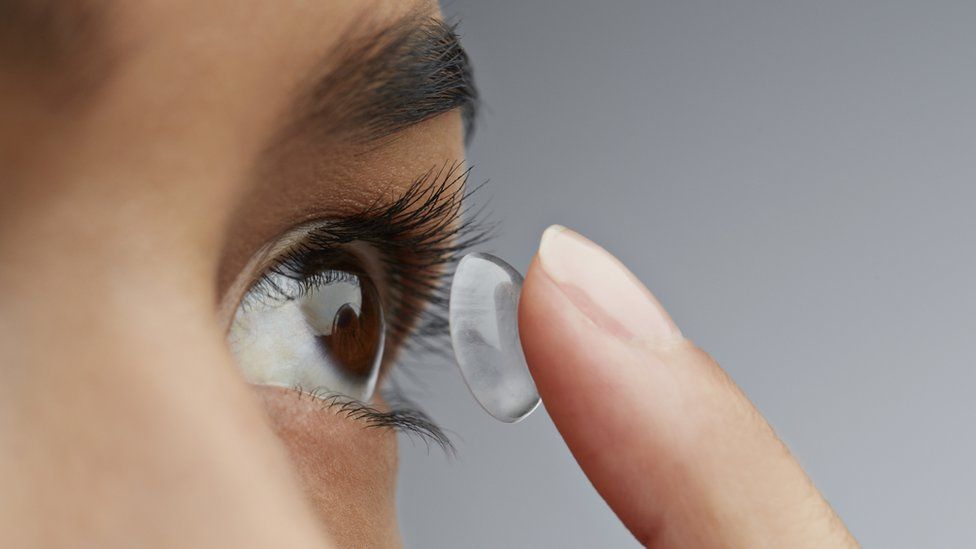Restore your sight at Agarwal Eye Hospital
Refractive errors are extremely common eye conditions that make your vision blurry. They happen when the shape of your eye keeps light from focusing correctly on your retina (a light-sensitive layer of tissue in the back of your eye). Usually, all you’ll need is a new pair of glasses or contact lenses to restore your vision.
Refractive errors are the most common type of vision problem, but many don’t know that they could be seeing better. That’s why eye exams are so important.

Refraction
Eye refraction is the calculation of the lens power required for eyeglasses or contact lenses, determined through a refraction test.


Refraction in the eye is the process by which the eye bends light rays to focus them on the retina, enabling clear vision. This process involves several key components of the eye, each contributing to the accurate focusing of light.
A refractive error occurs when the eye does not bend (refract) light properly, leading to blurred vision. This happens when the shape of the eye prevents light from focusing directly on the retina. The four main types of refractive errors are myopia, hyperopia, astigmatism, and presbyopia.
Causes of Refractive Errors
- Genetics: A family history of refractive errors increases the likelihood of developing similar issues.
- Age: Conditions like presbyopia are directly related to aging.
- Eye Shape: Variations in the shape of the cornea, lens, or eyeball can lead to refractive errors.
- Other Factors: Certain diseases, medications, and environmental factors may influence the development of refractive errors.
Diagnosis
Refractive errors are diagnosed through a comprehensive eye examination that includes:
- Visual Acuity Test: Measures the clarity of your vision at different distances.
- Refraction Assessment: Determines the lens prescription needed to correct vision by using a phoropter or an automated instrument.
- Keratometry/Topography: Measures the curvature of the cornea to detect astigmatism.
Types of Refractive Errors
Myopia (Nearsightedness):
- Description: Myopia occurs when the eye is too long relative to the focusing power of the cornea and lens, or the cornea is too curved. This causes light to focus in front of the retina instead of directly on it.
- Symptoms: Distant objects appear blurry, while close objects can be seen clearly.
- Correction: Concave lenses (glasses or contact lenses) or refractive surgery.
Hyperopia (Farsightedness):
- Description: Hyperopia occurs when the eye is too short, or the cornea is too flat. This results in light focusing behind the retina.
- Symptoms: Close objects appear blurry, while distant objects can be seen more clearly.
- Correction: Convex lenses (glasses or contact lenses) or refractive surgery.
Astigmatism:
- Description: Astigmatism is caused by an irregularly shaped cornea or lens. Instead of having a single point of focus, light is focused at multiple points, either in front of, behind, or on the retina.
- Symptoms: Distorted or blurred vision at all distances, headaches, eye strain, and difficulty seeing at night.
- Correction: Cylindrical lenses (glasses or contact lenses) or refractive surgery.
Presbyopia:
- Description: Presbyopia is an age-related condition where the lens loses its flexibility, making it difficult to focus on close objects. It typically begins to affect people over the age of 40.
- Symptoms: Difficulty reading small print, needing to hold reading material farther away, eye strain, and headaches.
- Correction: Reading glasses, bifocals, trifocals, progressive lenses, or multifocal contact lenses.


Treatment
Glasses:
- Most common and non-invasive method to correct refractive errors.
- Lenses are shaped to compensate for the specific refractive error.
Contact Lenses:
- Provide a wider field of vision and are more practical for certain activities.
- Available in various types (e.g., soft, rigid, disposable, extended wear).
Refractive Surgery:
- LASIK: Reshapes the cornea using a laser.
- PRK (Photorefractive Keratectomy): Removes the surface layer of the cornea to reshape it.
- SMILE (Small Incision Lenticule Extraction): Removes a small piece of corneal tissue to change its shape.
- Lens Implants: Intraocular lenses (IOLs) can replace the eye’s natural lens.
Preventive Measures and Management
While refractive errors cannot be prevented, early detection and proper management can significantly improve quality of life:
- Regular Eye Exams: Early detection allows for timely correction.
- Protective Eyewear: Prevents injuries that could affect vision.
- Healthy Lifestyle: A balanced diet, avoiding smoking, and protecting eyes from excessive UV exposure can maintain overall eye health.
Correcting refractive errors can dramatically improve vision and quality of life, allowing individuals to perform daily activities more effectively and comfortably.
Usefull Links
Information
Monday to Saturday
Morning: 11:00 am to 2:00 pm
Evening 7:00 pm- 9:00 pm
Sunday Closed



